Kharzette
Watcher of Overs
- 5,960
- 5,961
That color to index thing got really strange. The math didn't make any sense, so I tried again for just an ordinary number as an attribute.
In the gltf exporter there's an option for custom attributes, and the tooltip says what you'd expect. However, because I am old and blind as a bat I have a huge mouse cursor and it was covering up the important part. It only exports if the name begins with an underscore
Nomatter the format it converts it to float, but it seems to convert back fine in my tools. I was worried an index of 7 would turn into 6.999999 (and get truncated to 6).
I'm using the index for a specular power table as well, and will do an emissive bool later for glowing bits. If I had shaders from this century I'd probably do metallic / roughness.
Mixing a texture with the table colours is a bit strange. For the body I wanted slightly reddish knees and cheeks, and I might shade in some creasy parts here and there. It seems to work best to just add the texture value, but it does make it too bright when the texture affected area is in darkness.
I tried a texture color * texture alpha + vert color * (1 - texture alpha) but that seems to blacken the low alpha outer edges of the rosy spot. Multiplies also look strange.
In the gltf exporter there's an option for custom attributes, and the tooltip says what you'd expect. However, because I am old and blind as a bat I have a huge mouse cursor and it was covering up the important part. It only exports if the name begins with an underscore
Nomatter the format it converts it to float, but it seems to convert back fine in my tools. I was worried an index of 7 would turn into 6.999999 (and get truncated to 6).
I'm using the index for a specular power table as well, and will do an emissive bool later for glowing bits. If I had shaders from this century I'd probably do metallic / roughness.
Mixing a texture with the table colours is a bit strange. For the body I wanted slightly reddish knees and cheeks, and I might shade in some creasy parts here and there. It seems to work best to just add the texture value, but it does make it too bright when the texture affected area is in darkness.
I tried a texture color * texture alpha + vert color * (1 - texture alpha) but that seems to blacken the low alpha outer edges of the rosy spot. Multiplies also look strange.







